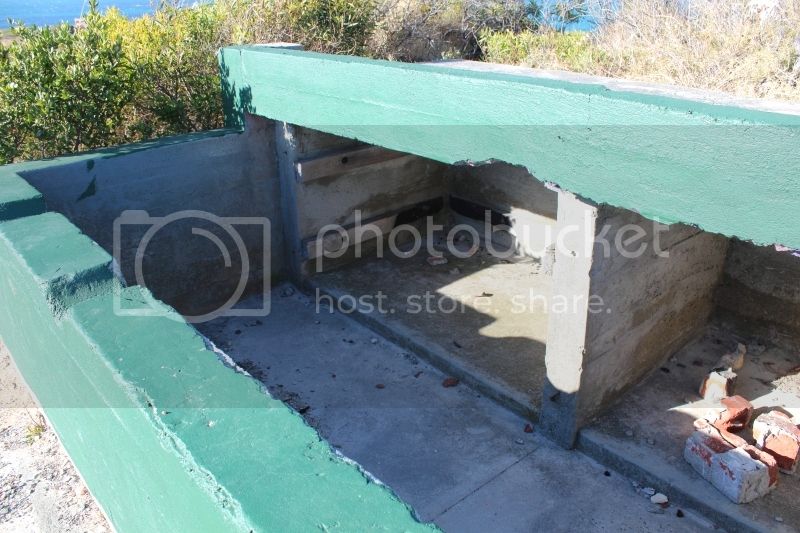Anyway, I am building now and would be very grateful for some input.
I am putting together a diorama of a 155mm GPF gun and its associated Panama Mount. I am currently building the ammunition stores that sit just outside the Panama Mount circle and have hit a wall in my research.
I have attached four photos that show my model (of one of them) and the actual objects in their real location.




I have not been able to find any wartime photos of the said stores and cannot tell if they were meant to be painted or left as raw concrete. They are now painted green on some walls, but the non-painted walls look like they may never have been painted.
The other question is to whether they had doors or coverings on the openings, to hide/cover/secure the ammunition and/or wadding used when loading and firing and what they might have been made from if there. I am planning to put wooden palings doors on all but one opening at this stage, as I don’t have enough munitions to fill all of the spaces.
Does anyone have photos of similar storage bunkers from WW2, or can point me towards the relevant internet site or book that would help to provide the answers?
Regards and thanks in advance,
John


























